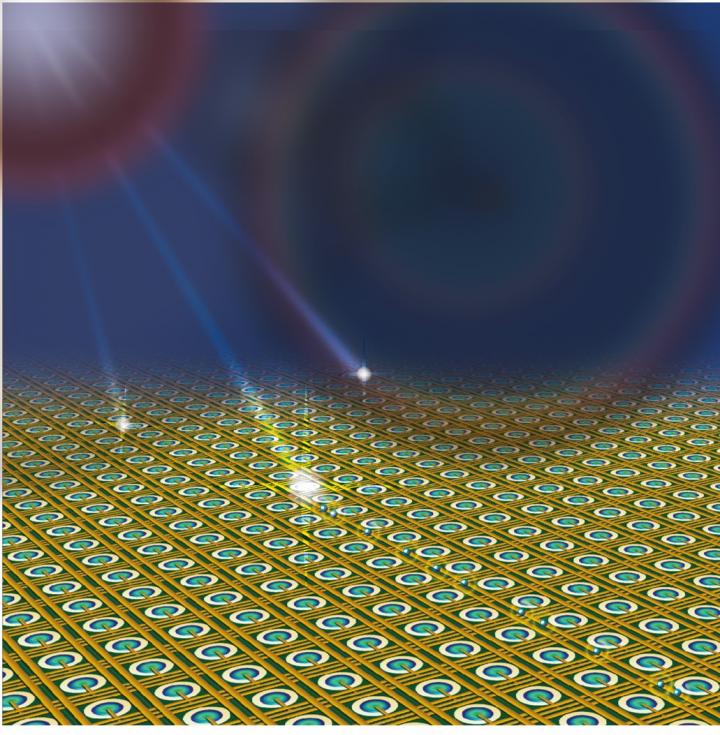Researchers have developed the first megapixel photon-counting camera based on new-generation image sensor technology that uses single-photon avalanche diodes (SPADs). The new camera can detect single photons of light at unprecedented speeds, a capability that could advance applications that require fast acquisition of 3D images such as augmented reality and LiDAR systems for autonomous vehicles.
"Thanks to its high resolution and ability to measure depth, this new camera could make virtual reality more realistic and let you interact with augmented reality information in a more seamless manner," said Edoardo Charbon from the Advanced Quantum Architecture Laboratory (AQUALab) at École polytechnique fédérale de Lausanne (EPFL) in Switzerland. Charbon developed the idea for the new camera and is the founder and head of AQUALab, where the image sensor was designed.
The research team published their results in Optica, The Optical Society's (OSA) journal describing the way of creating one of the smallest SPAD pixels ever with devised and reduced power consumption of each pixel to less than 1 microwatt while maintaining speed and timing precision. The new camera can acquire images at up to 24,000 frames per second. For comparison, 30 frames per second is the standard rate used to record video for television.

(Image: Arianna M. Charbon, Kazuhiro Morimoto, Edoardo Charbon)
The extremely small SPAD pixels was manufactured by using a feedback mechanism that almost immediately quenches the avalanche of electrons triggered by photon detection. They also used enhanced layout techniques to pack the SPAD sensors tighter, thus upping the detection area density and enabling a camera with a million pixels. The researchers then applied integrated circuit design techniques to create a uniform distribution of fast electrical signals over the large-scale pixel array. They showed that the shutter speeds varied by only 3 percent over the million pixels, demonstrating that this sensor could feasibly be made using available mass-production techniques.
The camera's speed makes it possible to measure the time a photon hits the sensor very precisely. This information can be used to calculate how long it takes individual photons to travel the distance from a source to the camera, known as time-of-flight. Combining time-of-flight information with the ability to capture a million pixels simultaneously enables extremely high-speed reconstruction of 3D images.
"For transportation applications, this new camera could help achieve unprecedented levels of autonomy and safety by enabling multiple low-power LiDAR devices to be used on a vehicle, providing fast, high-resolution 3D view of the surroundings," said first author, Kazuhiro Morimoto from Canon Inc. in Japan. "In a somewhat more distant future, quantum communication, sensing and computing could all benefit from photon-counting cameras with multi-megapixel resolution."












